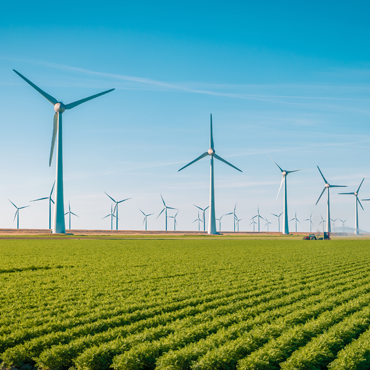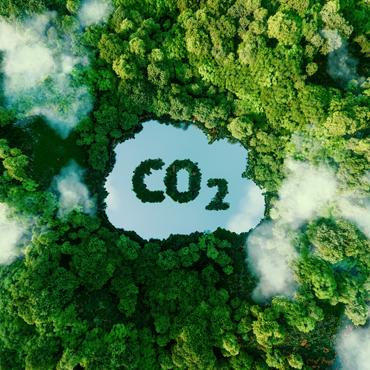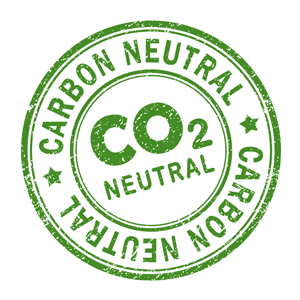OVERVIEW
Our Environmental Performance Target
We have set clear, company-wide goals and targets to improve our environmental performance. Our environmental goals focus on two main areas: helping clients gain access to sustainable energy and infrastructure and pursuing responsible consumption of resources. Commencing from the end of 2022, Prysmian has defined a new three-year scorecard (2023-2025, baseline 2022), revising and simplifying the KPIs used (11 impact KPIs) to make the measurement, monitoring and communication of results more effective. These were defined after an analysis of:
- Prysmian ambitions (Social and Climate Change Ambitions);
- UN Sustainable Development Goals;
- GRI Standards;
- New process for carrying out the Materiality Analysis.
Among the 11 impact KPIs, we highlighted:
- Enable access to green electricity to households: Estimation of the families connected to green energy through Prysmian products. It includes capacity installed through PV panels, onshore and offshore wind turbines and interconnectors where dedicated to renewable energy.
- Enable fast digital access to households: Estimation of the families having access to fast digital access (defined as FTTH, FTTB, DOCSIS 3.0) thanks to Prysmian products.
- Percentage reduction of Scope 1&2 GHG Emissions vs baseline 2019: decrease in the company’s CO2 emission compared to the 2019 year, in accordance with the SBTi methodology. Scope 2 is calculated via market-based approach.
- Percentage reduction of Scope 3 GHG Emissions vs baseline 2019: decrease in the value chain CO2 emission compared to the 2019 year, in accordance with the SBTi methodology.







